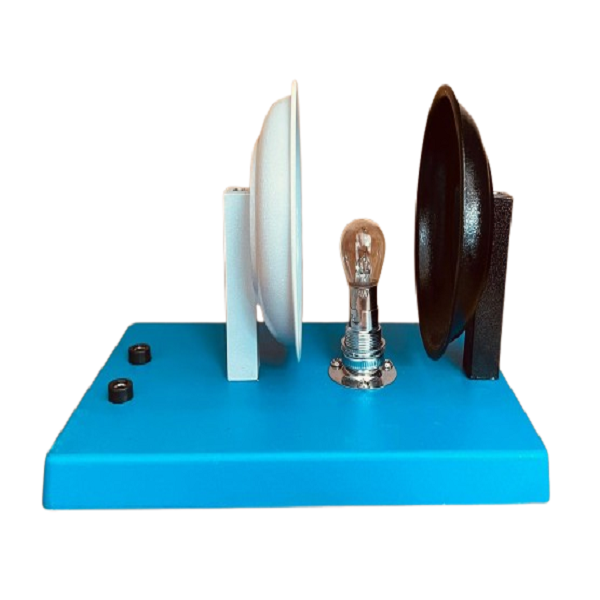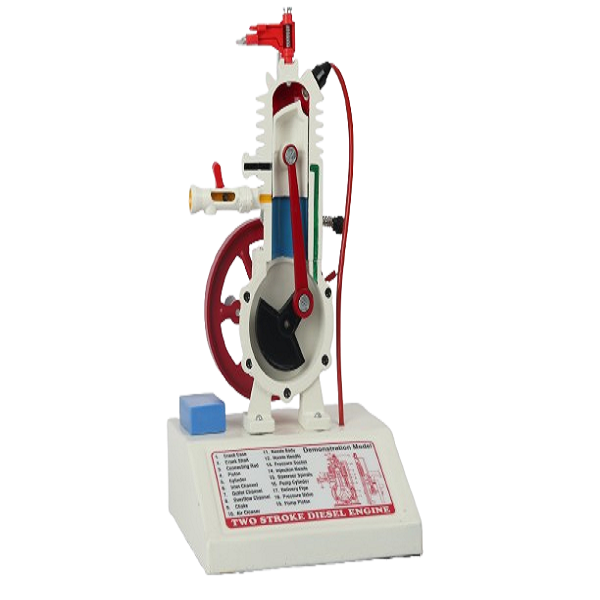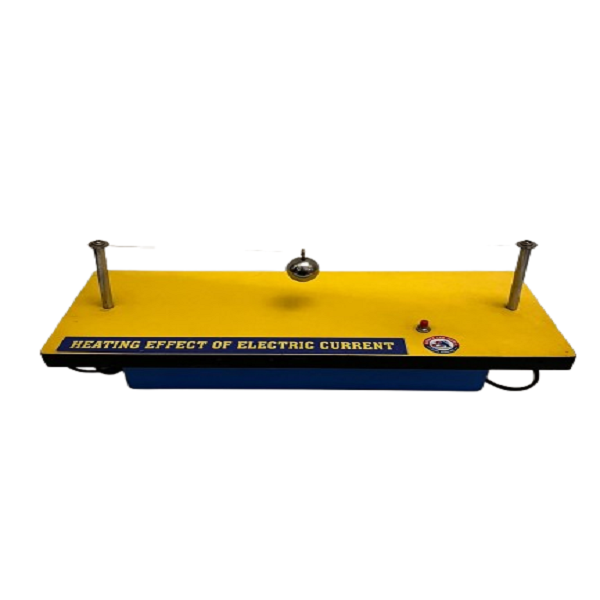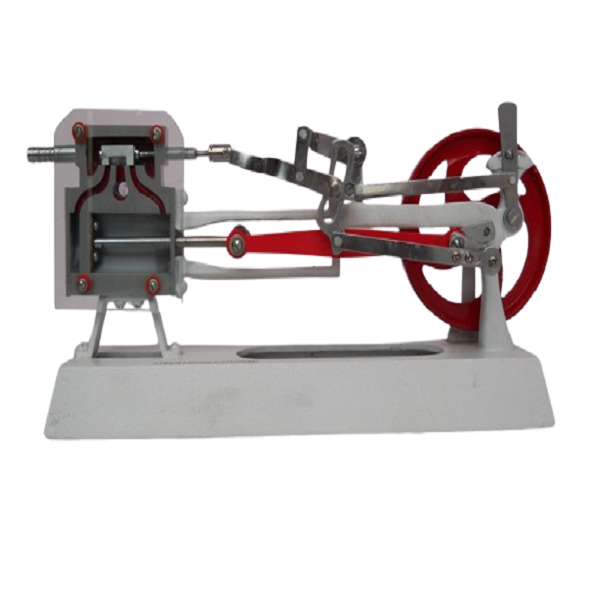The Wimshurst machine is a device that generates static electricity and high voltage differences through the use of induction. It works by:
-
1. Charging the platesThe machine starts with a small charge on one of the conducting plates, usually from the environment.
-
2. Spinning the discsWhen the crank is turned, two discs spin in opposite directions.
-
3. Inducing chargesAs the discs pass each other, the foil segments on opposite discs charge by induction.
-
4. Collecting chargesMetal combs near the plates collect the charges and send them to Leyden jars, which are capacitors mounted on the front of the machine.
-
5. Storing chargesThe charges are stored in the Leyden jars until the electrical charge is high enough to create a spark.
-
6. Discharging the chargesWhen the dielectric breakdown voltage of the air is reached, a lightning-like spark jumps between the conducting armatures.
The Wimshurst machine was invented in the 1880s by British inventor James Wimshurst. It was a popular tool for electrical experiments in laboratories in the late 19th and early 20th centuries. It was also used in early X-ray experiments because of the high voltages it could generate.






There are no reviews yet.